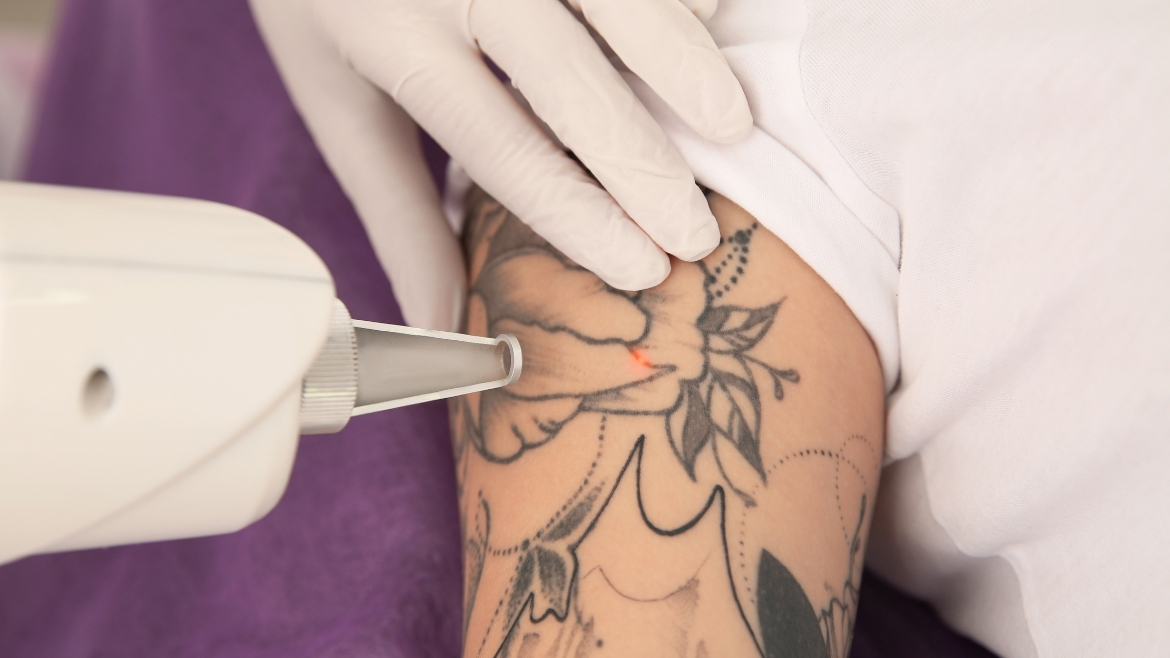Laser Tattoo Removal: Laser technology breaks down the pigment of the tattoo and allows it to be absorbed by the body. This method can gradually fade the tattoo or eliminate it completely. Laser tattoo removal is performed by a professional dermatologist or laser specialist.
Tattoo Removal with Chemicals on the Skin: In this method, a special solution is applied to the tattoo. This solution is designed to peel off the top layer of skin and lighten the appearance of the tattoo. Chemical tattoo removals are usually performed in a dermatologist's office, not a tattoo parlor.
Dermabrasion: Dermabrasion is a method that attempts to reduce the appearance of a tattoo by scraping the skin layer above the tattoo from the surface. This method is usually performed under local anesthesia.
Surgical Methods: In some cases, the tattoo may need to be physically cut or removed. This usually involves a surgical procedure and varies depending on the size and location of the tattoo.
Tattoo Covering Scars: Skin tattoo cover-up techniques can be used to cover light scars that may remain as a result of tattoo removal. This involves covering up the old tattoo with a new tattoo.
Tattoo removal procedures can often consist of a series of sessions, and the success of the procedure may vary depending on the method used, the type of tattoo, and skin type. Consulting with your practitioner can help create a personalized plan.


